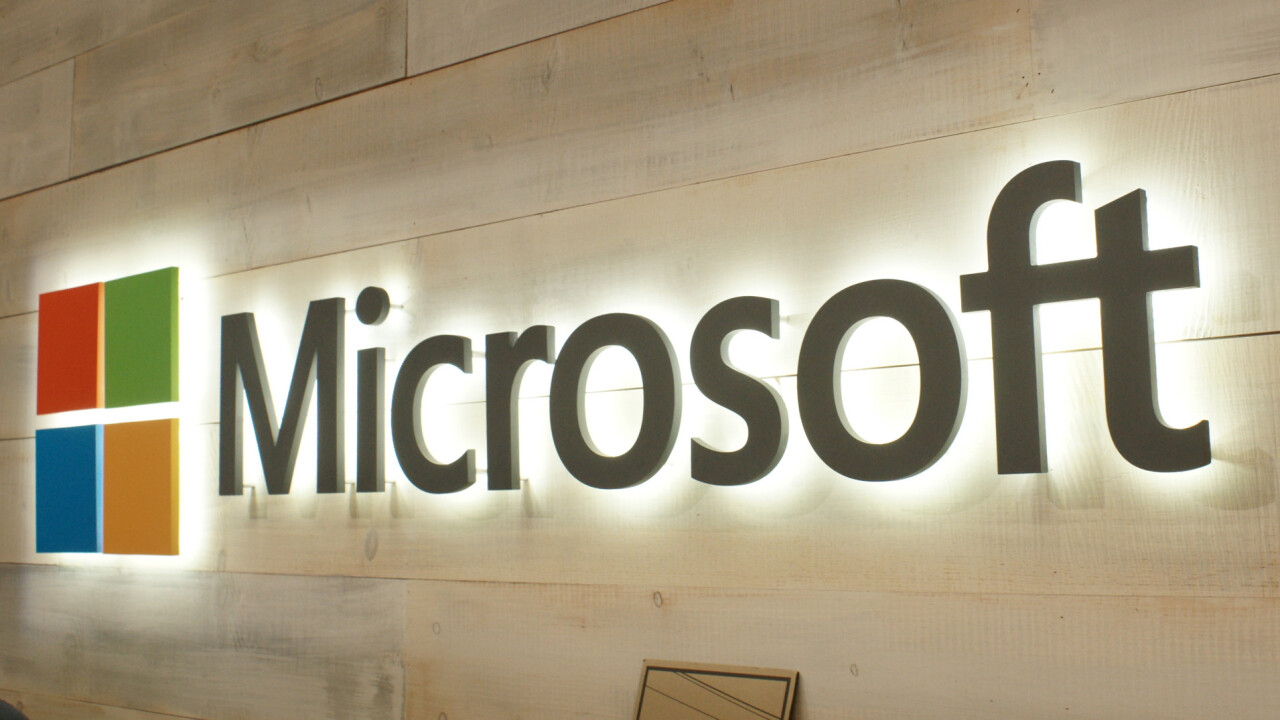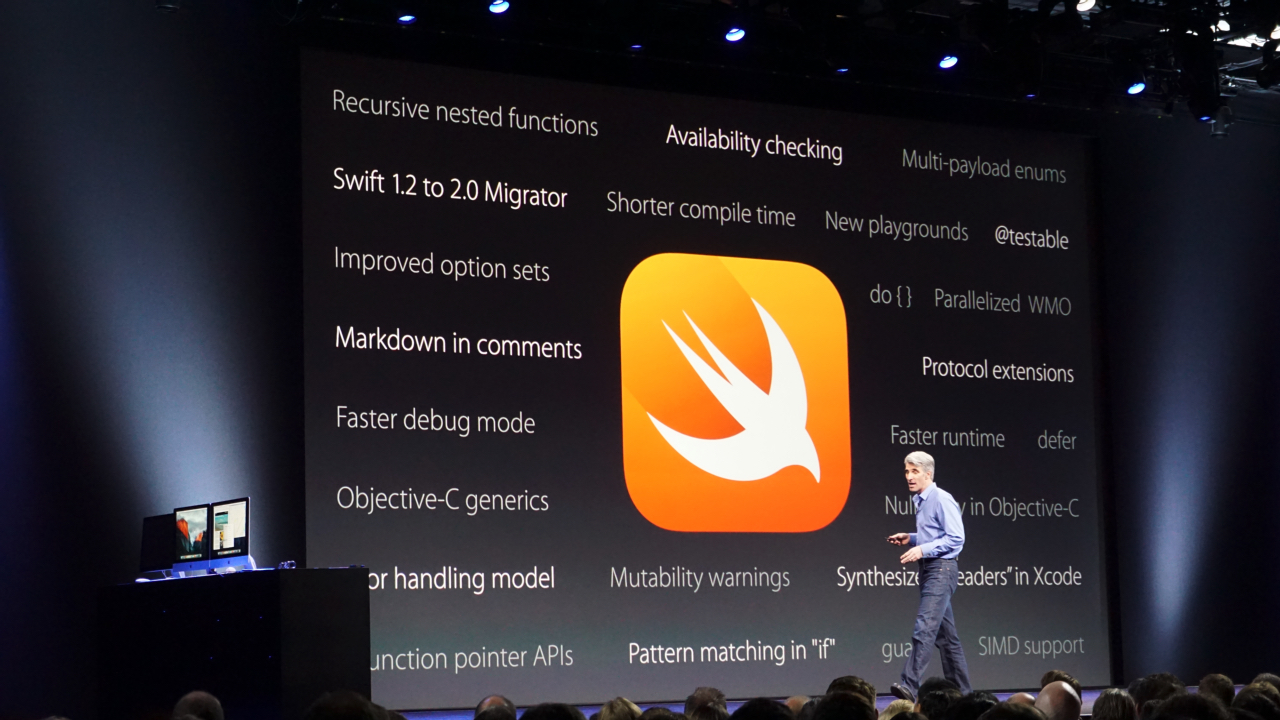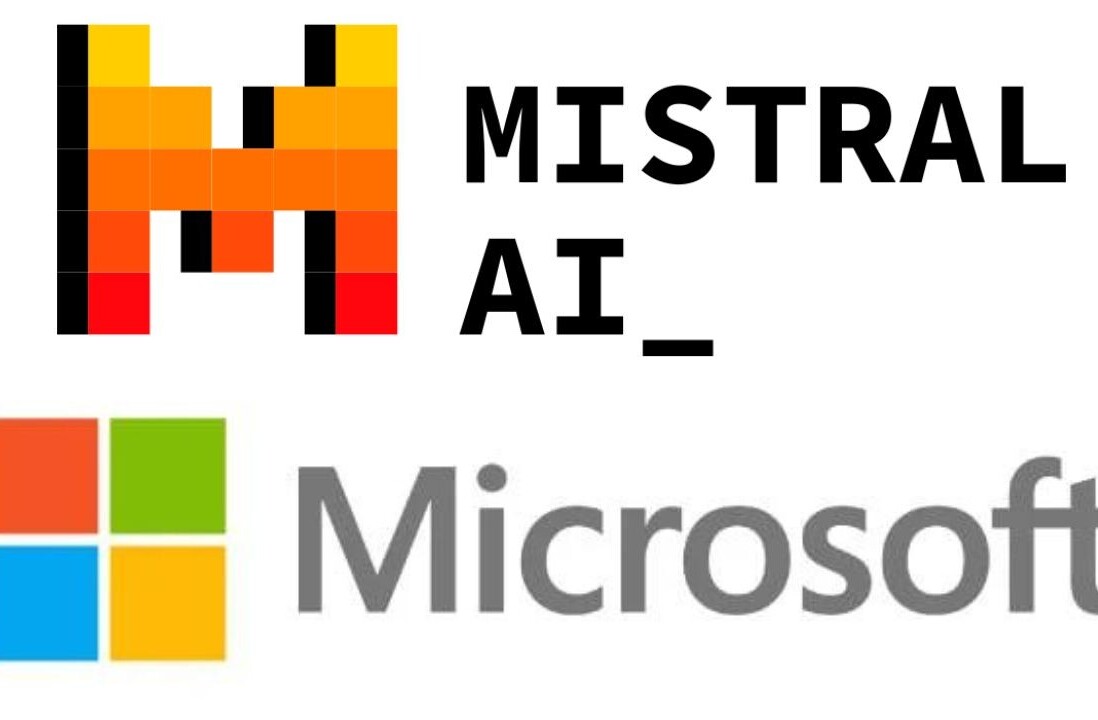
Microsoft’s ‘Project Islandwood’ was a curious grab for iOS apps. It is meant to bridge the gap between Windows and the iPhone, allowing developers to ‘port’ iOS apps to the Windows platform in a few easy steps. Now, the company is releasing it as an open source project called Windows Bridge for iOS.
Final release is set for later this Fall. The purpose of rolling it out to the public (via GitHub under the MIT license, if you’re interested) is to get more people using it, and providing feedback. Microsoft’s Kevin Gallo writes “we’d love for the interested and curious to look at the bridge, and compare what we’re building with your app’s requirements.”
If you’re really interested in Windows Bridge, you can contribute to the project. Sharing your tests, bug reports, code commits and comments will help drive it forward, and Microsoft welcomes all feedback.
Saying Microsoft’s goal was never to sandbox iOS apps inside Windows, Program Manager for Windows Bridge for iOS, Salmaan Ahmed, asserts the project is not about porting existing apps.
Our goal with the iOS bridge has never been simply to run iOS apps on Windows. Rather, our goal is to help you write great Windows apps that use as much of your existing code and knowledge as possible.
His reasoning is that by using Windows Bridge, you’ll have full access to Windows APIs without sandboxing and can reuse (some) Objective C code. That’s accurate, but perhaps short-sighted: Apple is rapidly transitioning iOS developers to Swift, which is colloquially alluded to as “Objective C without the ‘C’.”
Native Windows apps are typically written in a ‘C’ language like C# or C++. According to Salmaan, Windows Bridge for iOS “allows Objective-C and C++/CX to “get along” well – they can coexist in the same project and call one another using C or C++ interfaces.”
There’s no apparent workaround for Swift, which is winning the day when it comes to iOS development.
Windows Bridge for iOS uses Microsoft’s Visual Studio, but only for Objective C. The compiler isn’t open source just yet, but Microsoft is sharing the compiler binaries.
Microsoft’s other project, Astoria (for Android apps), is still in an invite-only preview (even Microsoft goes iOS first!). Project Westminster, which brings web apps to Windows, “is live and available with the release of Windows 10 and Visual Studio 2015.”
If you run into issues with Windows Bridge for iOS, Microsoft is encouraging you to tweet to its developer account (@WindowsDev), or post questions to Stack Overflow. In either case, using the hashtag #winobjc will help to catalog all issues.
➤ Windows Bridge for iOS [GitHub]
Read next: Microsoft opens up applications for developers to test iOS and Android app conversion tools
Get the TNW newsletter
Get the most important tech news in your inbox each week.







